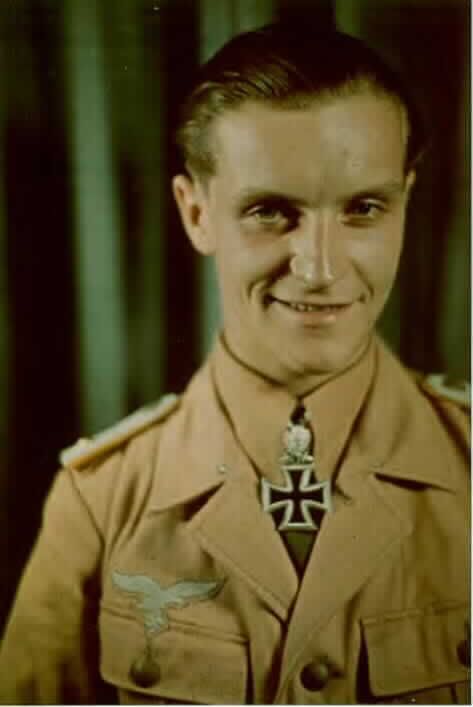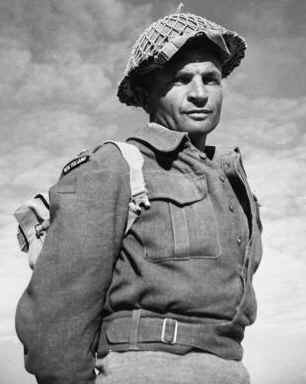Baron Kurtz
I'll Lock Up
- Messages
- 12,784
Not a hero, but a wartime portrait.
J. A. Blanford, OBE, Baron K. great-grandfather approaching the end of his career. Delhi, 1940.

bk
J. A. Blanford, OBE, Baron K. great-grandfather approaching the end of his career. Delhi, 1940.

bk















